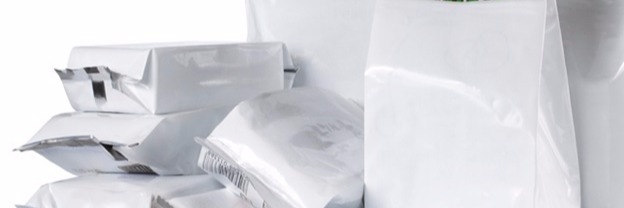

Paper has always been a favourite alternate of plastic. In industries, where plastic does not fit in the application, paper fills the space. If plastic packing of soaps increases the overall cost of the product, multi layered paper packings would do the job. Apart from this, in many domestic applications, paper is widely used, toilet rolls, kitchen towels, paper cups, paper plates, notebooks, industrial packings and so on. Paper has countless applications in diverse industries. But how can you decide which paper is suitable for which application? Or on the other way, is paper chosen by you is right for your industry?
Quality analysis is perfect answer of these questions. Industry standard organizations like ASTM, ISO, etc. has rolled out different testing procedures as per the industrial requirements. As per the composition of raw materials the properties of materials vary. Like wood, free paper, rag paper, half rag paper, wood containing paper etc. Rag paper has 100% linen or cotton, thus making it best quality paper. Therefore, you can expect it to be bright, smooth surface, high bursting strength and so on. Let’s put some spotlight on different tests that are performed to check quality of paper and what these tests tell…
Bursting Strength – How much force is required to burst the paper from the centre? With a bursting strength tester – digital model, you can apply hydraulic pressure on the paper via rubber diaphragm. How much pressure is to be applied during the test can be set via digital controller. The sample of paper is clamped manually on the fixture.
Moisture Analysis – How much moisture does a paper absorb from the surroundings? Moisture analysis tells the operator the original moisture content in the sample and after exposing it to moist environment for predefined time. Moisture analyser has an in-built scale to measure the weight of the sample. A halogen lamp dies up all the moisture and internal scale determines the loss of weight. After calculating the weight difference, it reflects the moisture content in the sample.
Gloss – Many paper varieties have natural gloss on the surface while other have matte finish. Due to difference in texture of the surface, the printability varies and final print has considerable difference than sample. If prior to printing, the gloss is measured, it helps in keeping the difference to the minimum. This measurement is very important when during printing of promotional materials, it may create discrepancy in the colour scheme.
For more information about bursting strength tester – digital model, gloss meter or any other paper testing instruments, contact us.
Related Blogs

Explore a complete lab equipment checklist with types, applications, and essential tools to ensure accurate testing and reliable lab performance.

Ensure material quality with advanced digital moisture meters. Learn how they work and why moisture testing matters for every industry.

Learn what a Colorimeter is, how it works, and its key parts, uses, and advantages in color measurement. Discover how this precision instrument ensures accurate color consistency across industries.